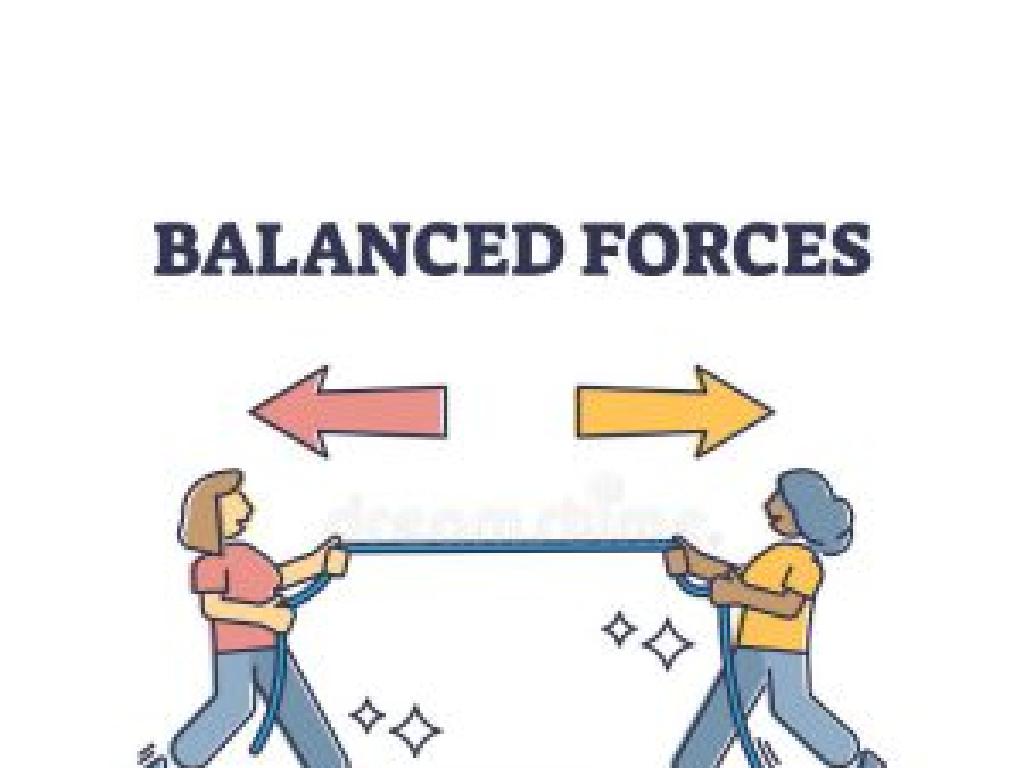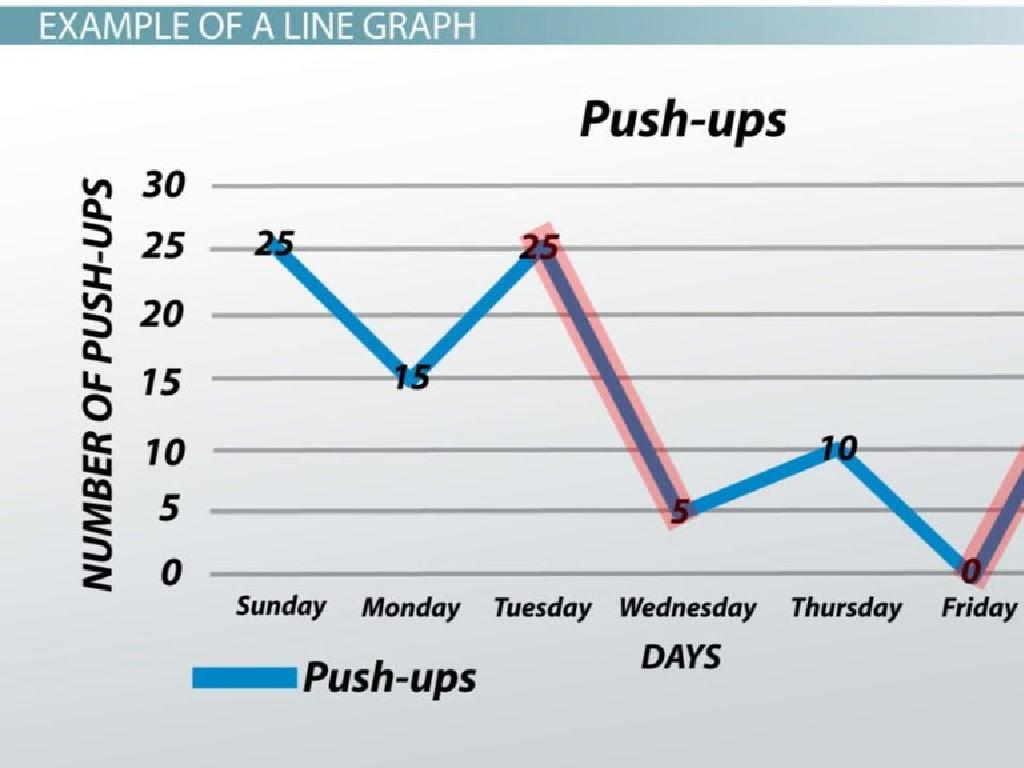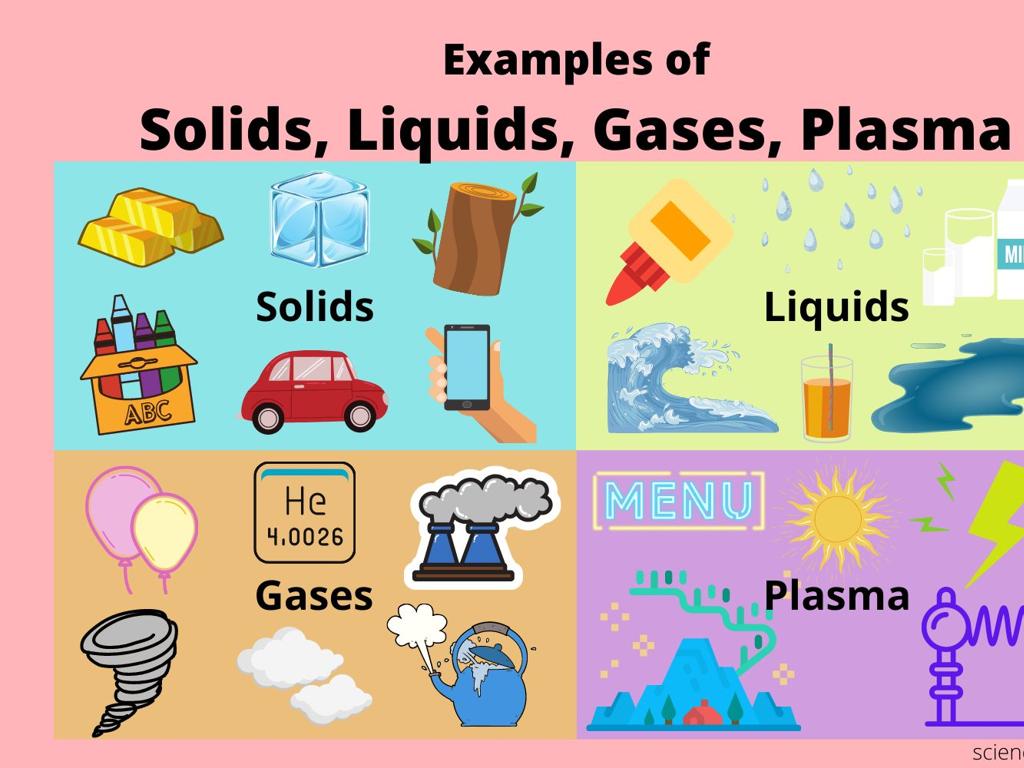Summarize A Story
Subject: Language arts
Grade: Fourth grade
Topic: Summarizing
Please LOG IN to download the presentation. Access is available to registered users only.
View More Content
Welcome to Summarizing!
– Understanding summarizing
– Summarizing means telling a story in a short way.
– Summarizing: What & Why
– It helps us remember stories and share with others.
– Key elements of a summary
– Include characters, setting, problem, and solution.
– Practice summarizing skills
|
Today’s objective is to introduce students to the concept of summarizing and explain its importance. Begin by defining summarizing as the process of briefly retelling the main points of a story. Discuss why it’s a crucial skill, such as helping with comprehension, improving memory, and making it easier to communicate the essence of a story to others. Highlight the key elements that every summary should include: the main characters, the setting, the main problem, and the solution or the outcome of the story. Conclude with an activity where students practice summarizing a familiar story, ensuring they grasp the concept and can apply it to new texts.
What is a Summary?
– Summary: brief main points recap
– A summary is like a snapshot of the story’s most important parts.
– Includes main idea and key details
– Think of who, what, when, where, and why.
– Leaves out opinions and extras
– Focus on the story’s core message
– It’s the essence of the story without personal thoughts or extra information.
|
When teaching students to summarize a story, start by explaining that a summary is a condensed version of the story that includes only the most essential elements. It should cover the main idea, which is the central message or point of the story, and the key details that support that main idea. Remind students that summaries should be objective, meaning they should not contain personal opinions or interpretations of the story. Instead, they should stick to the facts as presented by the author. Encourage students to practice by picking out the main idea and key details as they read and to avoid including any minor or unrelated points. Summarizing helps improve comprehension and retention of the material read.
Key Elements of a Story Summary
– Identify the characters
– Who are the main and supporting characters?
– Describe the setting
– Where and when does the story happen?
– Outline the main plot
– What are the key events from beginning to end?
|
When summarizing a story, it’s essential to focus on the main elements without retelling the entire story. Start by identifying the characters, particularly the protagonist and antagonist. Discuss the setting, which includes the location and time period where the story unfolds. Then, outline the plot by highlighting the beginning, middle, and end of the story, focusing on the main events that drive the story forward. Encourage students to think about the central conflict and resolution. This slide will help students grasp the concept of summarizing by breaking it down into manageable parts. In the next class, students can practice summarizing a story they have read, using these key elements as a guide.
How to Write a Summary
– Read the story with focus
– Find the main idea and details
– Look for who, what, when, where, why
– Rewrite using your own words
– Don t copy; use your own voice
– Make your summary brief and clear
– Include only important points, no extras
|
This slide is aimed at teaching fourth graders the essential steps of summarizing a story. Start by encouraging them to read the story carefully to understand it fully. Then, guide them to identify the main components: the main idea, which is what the story is mostly about, and the key details that support this idea. Emphasize the importance of writing the summary in their own words to develop their comprehension and paraphrasing skills. Lastly, remind them that a summary should be concise, capturing only the essence of the story without unnecessary information. During the next class, practice these steps by summarizing a story together and discussing the process.
Summarizing a Story: Let’s Practice Together!
– Read a short story as a class
– Find the main idea and key details
– Main idea: what the story is mostly about. Key details: important events or facts.
– Write a class summary
– Use our own words to retell the story briefly, focusing on the main idea and key details.
– Understand the importance of summarizing
– Summarizing helps us remember and share stories easily.
|
This slide is designed to engage the class in a collaborative activity to practice summarizing a story. Start by reading a short story together, ensuring that all students follow along. As you read, pause to discuss and identify the main idea and key details with the students. After reading, guide the class in writing a summary of the story, emphasizing the use of their own words and the importance of brevity. Highlight how summarizing is a skill that helps with comprehension and communication. Encourage students to think critically about what is essential to the story’s meaning. This activity will help reinforce their understanding of summarizing and its value.
Practice Time: Summarizing a Story
– Read the provided story
– Use the steps we learned
– Remember to include characters, setting, and main events
– Write your own summary
– Keep it short and focus on key points
– Share with the class
|
This slide is designed for a class activity where students will apply the steps of summarizing a story. Provide a short story suitable for fourth graders, ensuring it has a clear beginning, middle, and end. Remind students to identify the main characters, setting, and the main events as they write their summaries. Encourage them to use their own words and to make their summary brief, capturing the essence of the story without unnecessary details. After writing, students should be prepared to share their summaries with the class, which will help them practice speaking skills and allow for peer learning. As a teacher, be ready to offer guidance and positive feedback, and have a few example summaries prepared in case students need additional support.
Sharing Our Summaries
– Volunteers present summaries
– Discuss summary effectiveness
– What key points were included? Was it concise?
– Provide constructive feedback
– Offer suggestions for improvement kindly
– Celebrate good summarizing skills
– Praise clarity, conciseness, and completeness
|
This slide is for a class activity where students will volunteer to share their story summaries with the class. The teacher should facilitate a discussion on what elements make a summary effective, such as including all key points, being concise, and maintaining the story’s original meaning without giving away too much detail. Feedback should be constructive, aiming to help students improve their summarizing skills. It’s important to provide praise to encourage students and acknowledge their efforts. Possible activities include peer review, group discussions, and creating a ‘summary wall’ where students can post their work for others to read.
Class Activity: Summarize a Story
– Form small reading groups
– Pick a story to read together
– Collaborate on a story summary
– Discuss the main points and condense the story without leaving out key details.
– Present your summary to the class
– Practice public speaking and sharing your understanding of the story.
|
This activity is designed to enhance students’ comprehension and summarization skills. Divide the class into small groups and allow each group to choose a story to read. Encourage them to identify the main elements of the story such as characters, setting, problem, and resolution. Guide them to work together to write a brief summary that includes these elements without retelling the entire story. Each group will then present their summary to the class, which will help them practice public speaking and allow for peer learning. For the teacher: Prepare a list of short stories suitable for fourth graders, monitor the groups as they work, and provide assistance as needed. Possible activities for different groups could include summarizing different chapters or focusing on different aspects of the story, such as character development or plot progression.
Conclusion & Homework: Mastering Summarization
– Summarizing sharpens comprehension
– Regular practice improves skills
– Homework: Summarize a book chapter
– Choose any chapter and write a short summary
– Share summaries in the next class
– Be ready to discuss what you wrote
|
Summarizing is a crucial skill that helps students to distill the important information from a story and remember it better. It’s important to emphasize that the ability to summarize effectively comes with practice. For homework, students should pick a chapter from their reading book and write a brief summary of it. This exercise will help them to identify the main points and supporting details. In the next class, students will have the opportunity to share their summaries, which will not only help them with their public speaking skills but also allow them to learn from each other’s insights. Provide guidance on how to pick out key events and characters, and how to condense the chapter into a few sentences without leaving out essential information.






